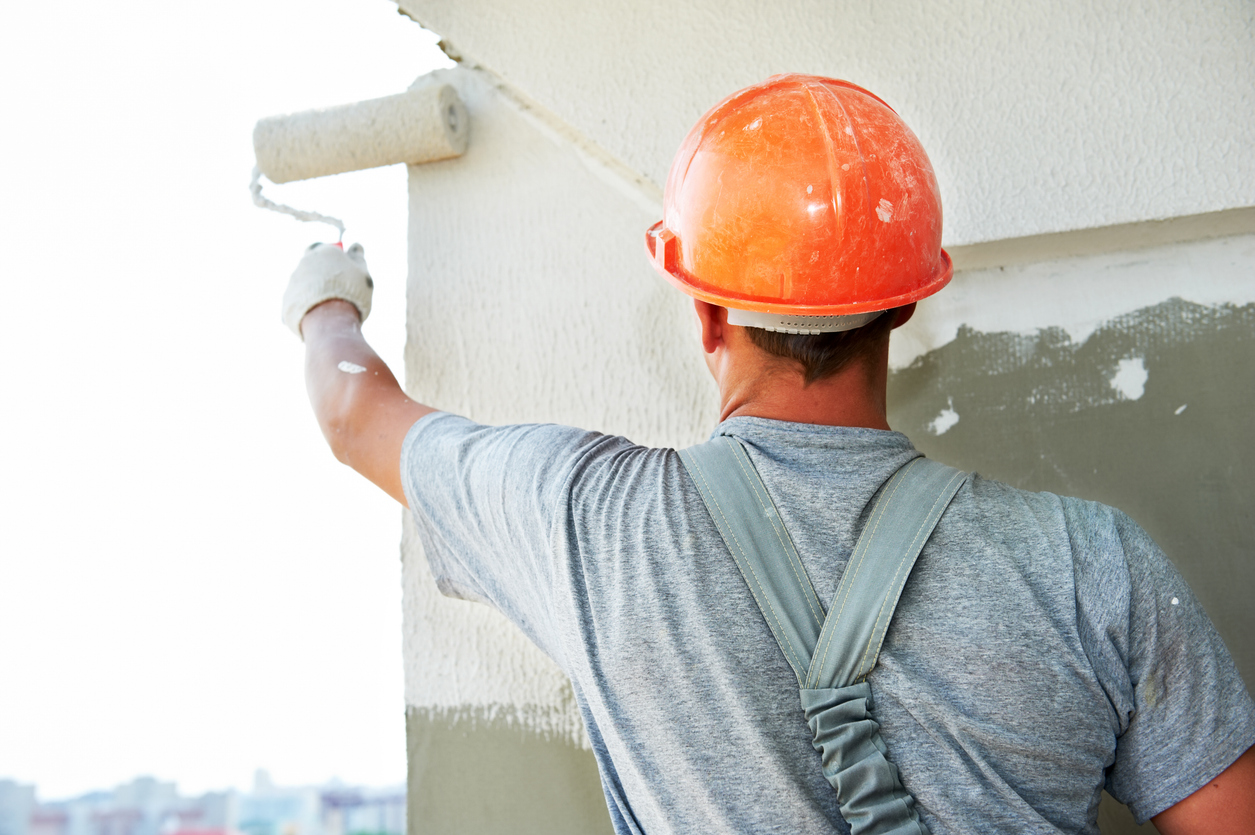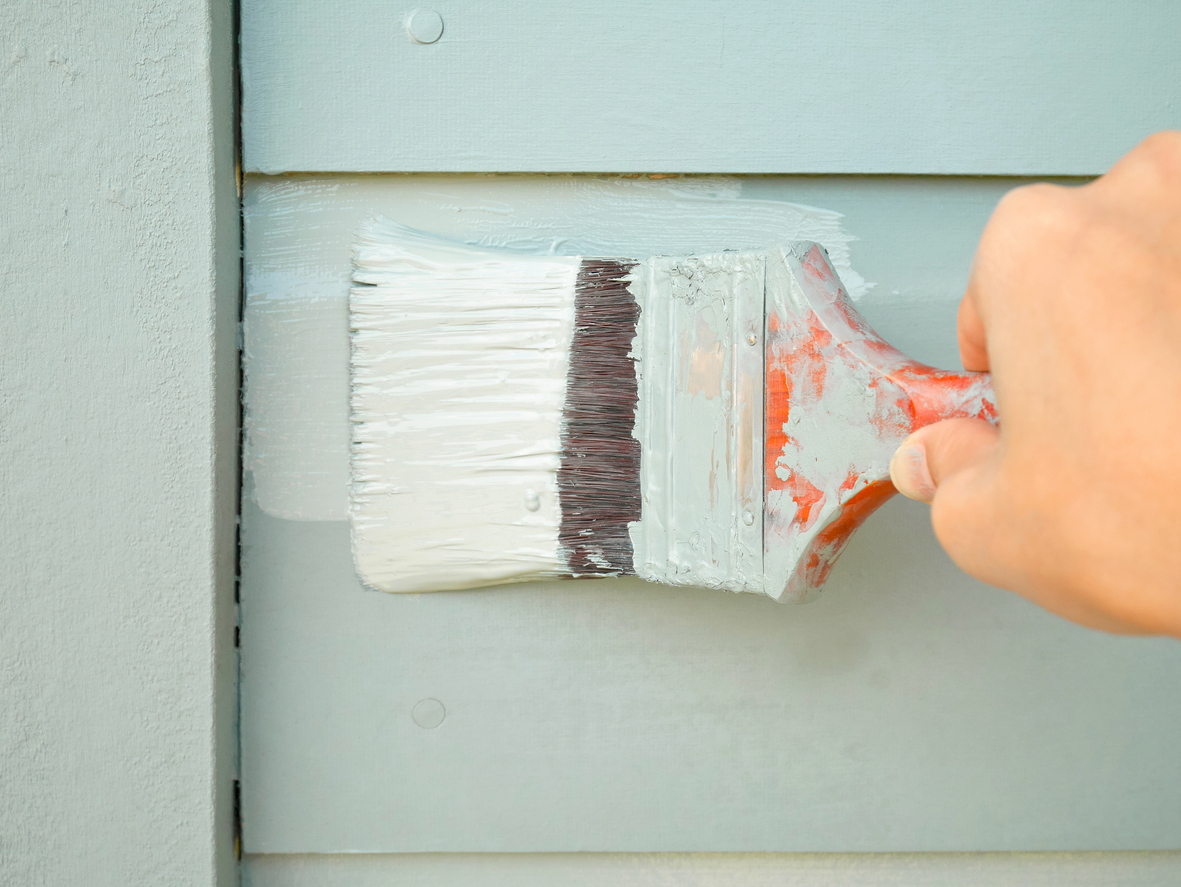Maintaining the exterior of your Pleasanton, CA aree home isn’t just about keeping up appearances. A well-executed exterior paint job can protect your property from the elements and significantly increase its value. However, not all paint jobs are created equal. To achieve that professional look and durability, it’s essential to follow the advice of expert painters. In this article, we’ll explore key exterior painting tips shared by professionals that can help ensure your home looks great and stays protected for years to come.
Choose the Right Time of Year
Timing is crucial when planning an exterior painting project. The best periods for painting are typically late spring and early fall when the weather is mild and rainfall is minimal. Temperature fluctuations between night and day can be less drastic, which helps the paint to dry evenly and adhere properly to the surface. High humidity and excessive moisture can hinder the drying process, while too hot or cold temperatures can cause the paint to dry too quickly or not at all, leading to an unsatisfactory finish.
By choosing the right time of year, you set the stage for painting success, ensuring your home’s exterior is painted under optimal conditions for a durable and visually appealing result.
Plan a Strategy for the Most Efficiency
Before dipping your brush into the paint, it’s crucial to plan your approach. Planning your painting strategy can significantly enhance efficiency and ensure you cover all areas without unnecessary repetition or corrections.
Start by assessing the entire scope of the project—identify large surfaces, tricky spots, and the best sequence to tackle them. Begin with the trim if it’s a different color than the main surfaces, as this allows for easier touch-ups when painting larger areas later. For larger expanses, like walls, plan to work from top to bottom and in sections that allow you to maintain a wet edge.
Also, consider the direction of the sun and try to paint in the shade as the sun moves, which can help slow down the drying process and improve the quality of the job. By strategically planning your painting process, you can reduce the time spent and minimize mistakes, leading to a more professional appearance.
Prepare the Surface Thoroughly
A lasting paint job begins with meticulous surface preparation. Start by thoroughly washing the exterior to remove any dirt, grime, and mildew—a clean surface ensures better adhesion of the paint.
Next, scrape off all peeling or flaking paint and sand the area smooth. It’s also crucial to check for and repair any cracks or gaps in the siding or trim using a quality exterior caulk. These steps prevent moisture from seeping beneath the new paint, which can cause bubbling and peeling. Spending adequate time on these preparatory steps can significantly enhance the paint’s lifespan and appearance.
Select High-Quality Paint and Tools
The quality of the materials you use can greatly affect the outcome and durability of your paint job. Opt for high-quality exterior paint, which contains additives that resist weathering, fading, and mildew. These paints may cost more upfront but will provide better coverage and longevity, reducing the frequency of repaints.
Additionally, invest in professional-grade brushes and rollers that provide a smoother, more uniform application. High-quality tools not only make the job easier but also help in achieving a more professional finish, ensuring that the paint adheres better and lasts longer.
Apply Professional Painting Techniques
Using the right techniques can significantly improve the quality and durability of your paint job. Begin by applying a primer, especially if you are changing colors or painting over a darker shade. Primer helps the top coat of paint adhere better and provides a uniform base that enhances the true color of the paint.
When applying paint, start from the top and work your way down to prevent drips and streaks. Use long, even strokes with a brush for trim and a roller for large flat surfaces, ensuring consistent coverage. For hard-to-reach areas or to achieve a more even coat, consider using a sprayer. Each tool has its advantages, and using them appropriately can lead to a more professional finish.
Paint Into a Wet Edge
One of the key techniques used by professional painters to achieve a smooth, uniform finish is painting into a wet edge. This method involves applying paint to an area that hasn’t fully dried yet, which helps prevent visible lines and streaks from forming between sections.
To use this technique effectively, start by painting in smaller sections and continuously extend the wet paint into the adjoining area before it has a chance to dry. Always keep a “wet edge” and move quickly enough to integrate the new application with the wet paint. This approach is particularly important when working with latex paint, which dries faster than oil-based options. By maintaining a wet edge, you ensure that the paint dries into a smooth, seamless finish.
Address Unique Surface Challenges
Different materials require specific painting approaches. For example, wooden surfaces may need sanding and a stain-blocking primer to prevent tannins from bleeding through the paint. Metal surfaces, susceptible to rust, should be treated with a rust-inhibitive primer before painting. Stucco and other porous materials might require extra coats of paint to fill all the crevices and provide a uniform finish.
Always tailor your technique and materials to the surface you are working on, ensuring that the paint adheres properly and provides lasting protection and aesthetics. Understanding the peculiarities of each material can help you achieve the best results with your exterior painting project.
Maintain Your Exterior Paint Job
Regular maintenance is key to extending the life of your exterior paint. Periodically inspect the paintwork for signs of wear such as cracking, peeling, or fading. Early detection allows you to address issues before they escalate. Keep the surfaces clean by gently washing away dirt and debris, which can accumulate and degrade the paint over time.
Also, trim any shrubs or trees that touch the painted surfaces to prevent moisture retention and physical damage. By maintaining the cleanliness and integrity of your exterior paint, you can preserve its freshness and protect your home against the elements for many years.
Know When to Hire a Professional
While DIY projects can be rewarding, certain scenarios call for professional expertise. If your home is particularly tall or the surfaces are extensively damaged, it may be safer and more efficient to hire professional painters like Custom Painting Inc. We can handle complex challenges, such as working with high ladders and dealing with hazardous materials, safely and efficiently.
Moreover, we bring a level of precision and efficiency gained through more than 40 years of experience. If you’re unsure about tackling a project on your own, contact us through our online form or give us a call at 925-866-9610 and get a free estimate. We can help you save time, reduce stress, and get better results!



